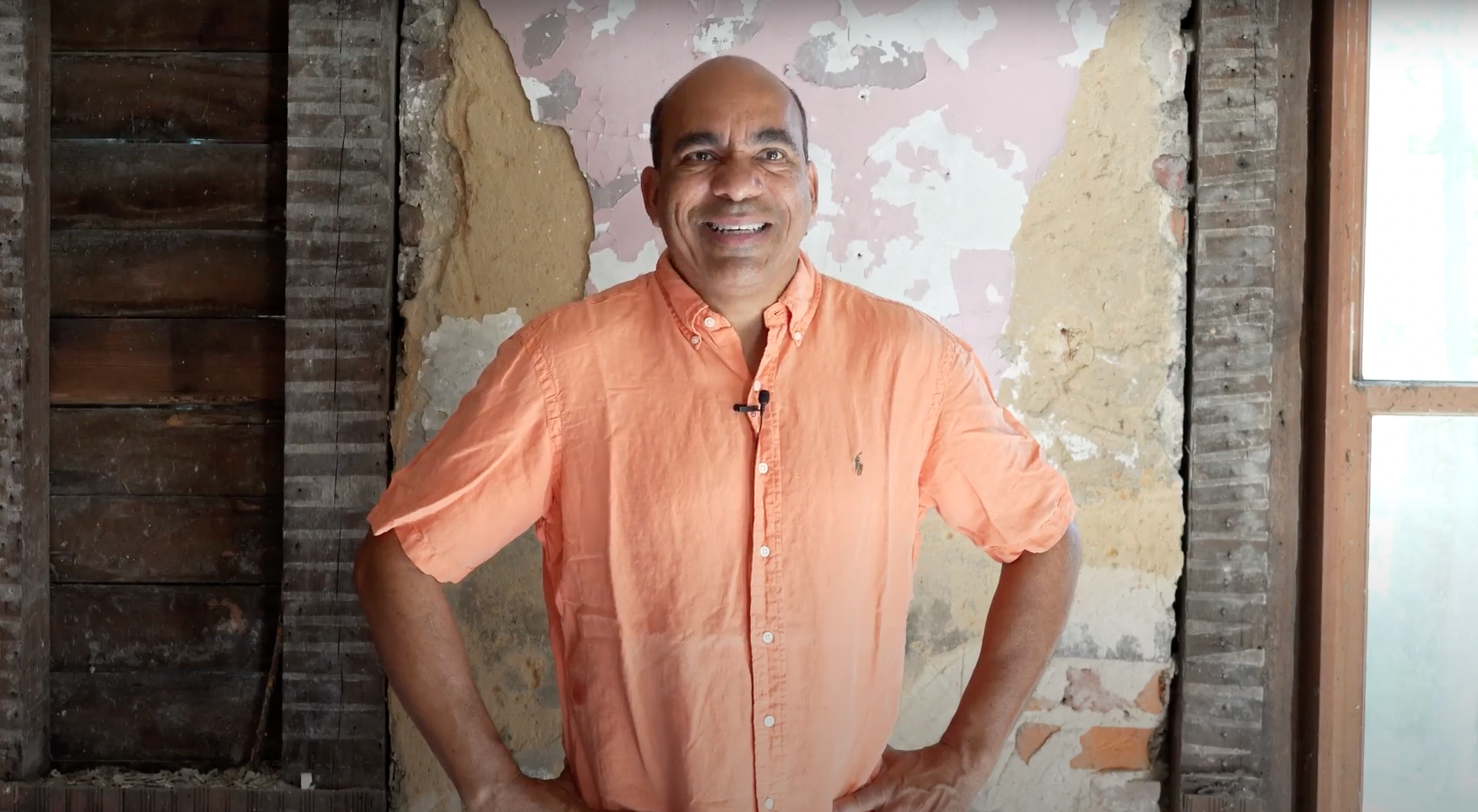In 2016, all the non-historic materials were removed from the house to make way for the preservation of this 1898 home.
The Pauli Murray Center is a National Historic Landmark site in Durham, North Carolina. It is anchored by Pauli Murray’s childhood home, built in 1898 by her grandparents Robert and Cornelia Fitzgerald. Robert George Fitzgerald, was an educator, brick maker, and Civil War veteran, and his wife, Cornelia Smith Fitzgerald, was a seamstress and homemaker born in enslavement in Hillsborough, North Carolina.
Their house stands on its original site, a one-acre plot, in the historically Black, working-class West End neighborhood. Gentrification of this neighborhood has replaced many of these early homes with larger, contemporary housing and the loss of much of the neighborhood’s original identity.
The Pauli Murray Family Home was designated a National Treasure by the National Trust for Historic Preservation in 2015 and a National Historic Landmark by the National Park Service in 2016. The Pauli Murray Center for History and Social Justice is in the process of rehabilitating the house to reflect its early 20th-century appearance, using as much salvaged original material as possible. As a historic property, the Fitzgerald House/Pauli Murray childhood home retains its integrity of design, materials, and quality.
Land Acknowledgement
The Pauli Murray Center recognizes the eight state-recognized tribes of North Carolina – the Coharie, Eastern Band of Cherokee Indians, Haliwa-Saponi, Lumbee, Meherrin, Occaneechi Band of the Saponi, Sappony, and Waccamaw Siouan peoples – and the many more “unofficially” recognized Indigenous peoples and communities in the region.
Durham and Orange Counties were originally the territory of several Indigenous nations, primarily Saponi and Tutelo speaking peoples. They established settlements, transportation routes, and sustainable uses of the land’s resources. Many of these communities were displaced and killed by colonialists. The Triangle continues to be surrounded and populated by descendants, including the Eno, Lumbee, Haliwa-Saponi, and the Occaneechi Band of the Saponi.
We are committed to respecting the land’s history, providing space and opportunities for local Indigenous communities, and supporting efforts for land restitution.
Historic Site Update Fall 2022
Ocoro Enterprises, a leader in deconstruction and construction waste recycling, just completed a six-week operation on the Historic Fitzgerald House. They removed lead paint and components of the ceiling to prepare for plumbing, electrical, and mechanical installation. Ocoro Enterprises is led by Gustavo Ocoro, who has been working with the Pauli Murray Center for more than six years. Environmental sustainability and conservation are central to Ocoro’s work. His team either recycles or reuses all materials in their demotion or installation processes. For example, the plaster they just removed from the Historic Fitzgerald House is being reused to revitalize garden soils due to the plaster’s rich nutrients and ability to enhance water and air movement and plant root growth. We are very grateful to Gustavo and his team for their thorough and meaningful work! Watch the video above to hear Gustavo speak about his work with the Pauli Murray Center.
An Open Letter: The Fitzgerald Family Cemetery and Henderson Cemetery
Photo taken by Ryan Parks
Kim Smith and Stephanie Davis wrote an open letter that chronicles the marginalization and desecration of Fitzgerald Family Cemetery and Henderson Cemetery, African American burial grounds owned by the City of Durham, North Carolina, and maintained inequitably since their respective 1996 and 1937 annexations into the adjacent white Maplewood Cemetery. These cemeteries are located “behind” Pauli Murray’s family home. Murray was passionate about the site’s proper care and preservation.
Ms. Smith (B.F.A. New York University, M.A. Duke University) is a research scholar whose focus is Harriet Smith (no relation), great-grandmother of the Reverend Dr. Pauli Murray.
Mrs. Davis (B.B.A North Carolina Central University) is the great granddaughter of Richard B. Fitzgerald and Sarah A. Williams.
Historic Structure Report
In July 2015, the non-profit Pauli Murray Center for History and Social Justice received a $4,500 grant from the National Trust for Historic Preservation to produce a historic structure report to facilitate the rehabilitation of the Robert G. and Cornelia S. Fitzgerald House to serve as a community center.
The report preparation required review of all previously compiled research, execution of additional research, on-site building investigation, oral history interviews, and consultation with various experts.
The historic structure report includes historical background related to the Fitzgerald family, an evaluation of the property’s significance, discussion of the dwelling’s architectural evolution, existing conditions documentation, a proposed treatment approach, and recommendations for further study. Photographs and measured drawings supplement the text.
Archaeology Management Summary
Archaeologists from the Research Labs for Archaeology (RLA) at University of North Carolina at Chapel Hill (UNCCH) conducted archaeological testing on the grounds of the Robert G. and Cornelia S. Fitzgerald House – Pauli Murray Family Home on three separate occasions.
The first phase of archaeological testing indicated that there were intact sub-surface remains in the area to the west of the rear shed addition and recommended further work (Agbe-Davies, et al. 2016).
Work between June 5 and June 13, 2017 was prompted by plans to reconstruct the rear shed addition to the house, including an ADA accessible entrance. These investigations included additional shovel testing in the area to the north of the house as well as test units which expanded on previous shovel tests west of the house. It was completed by Anna Agbe-Davies and J. Eric Deetz of the RLA, with the assistance of UNCCH graduate student Colleen M. Betti and undergraduate Carson Massey and numerous community volunteers. Results of those excavations are included in the 2017 management summary.
In the spring and summer of 2018 students and staff from the RLA conducted further excavations to evaluate the significance and integrity of the sub-surface features at the rear of the house. The work was done to investigate what impact the proposed construction would have on the buried features. The results of the 2018 excavations are forthcoming.





